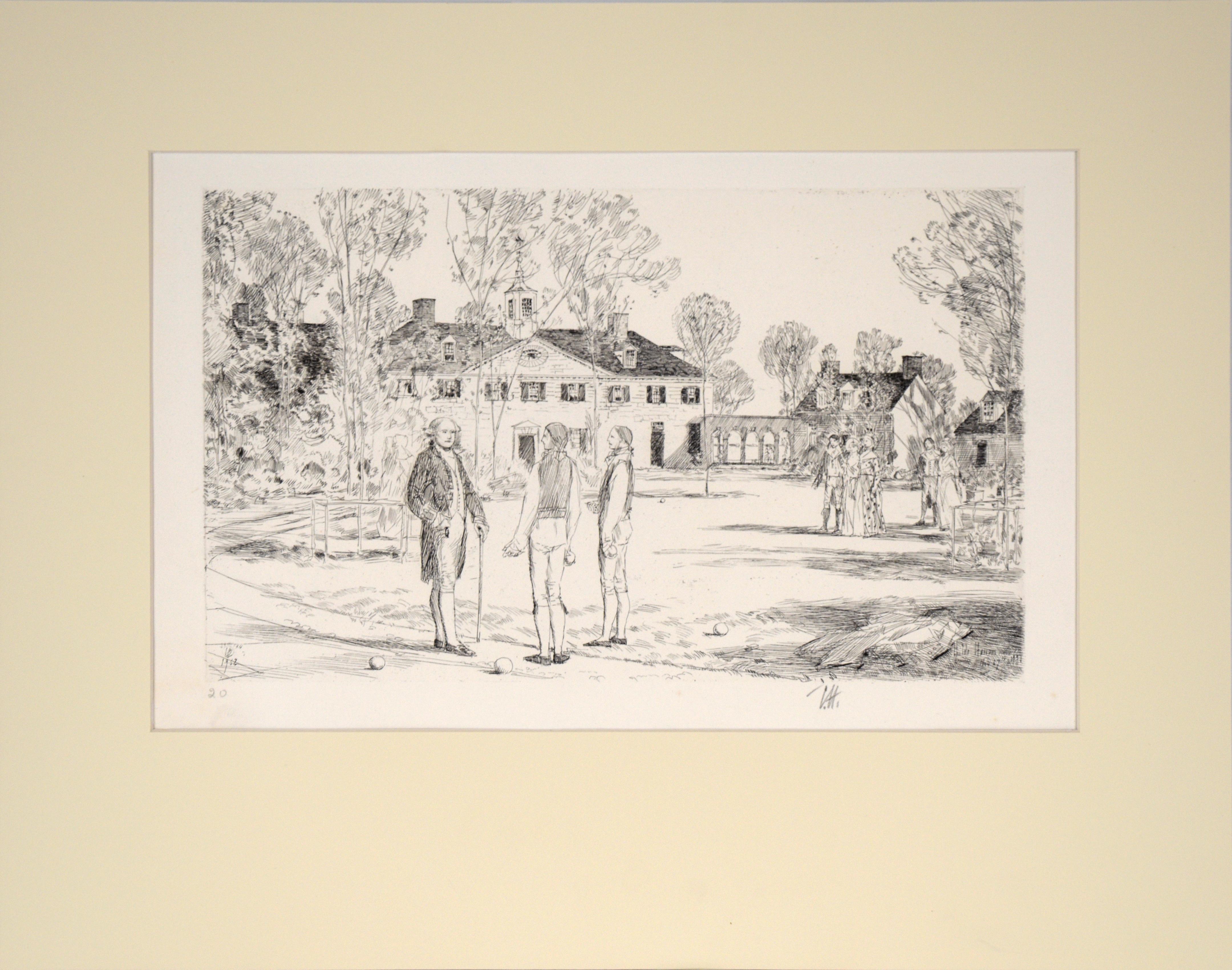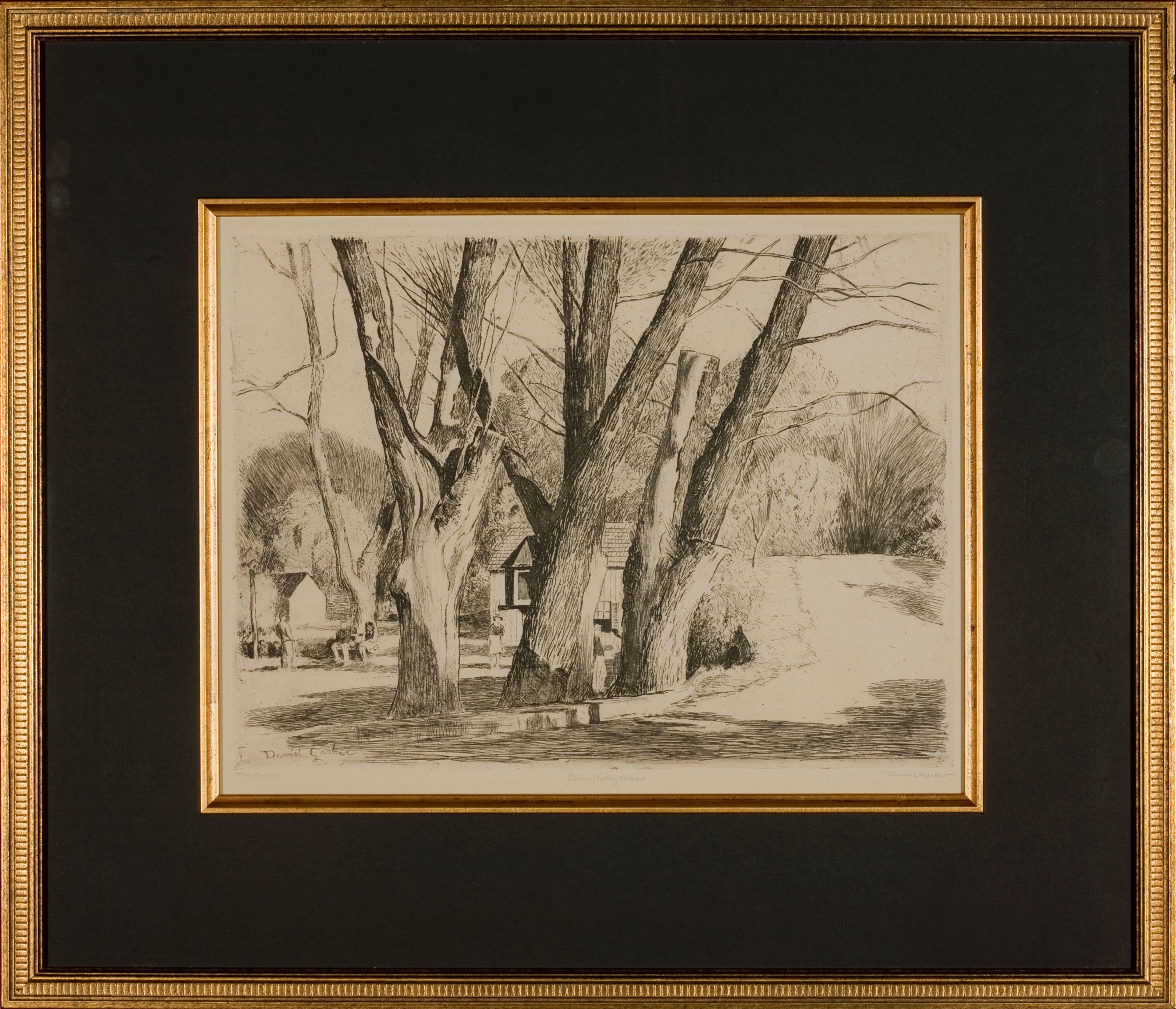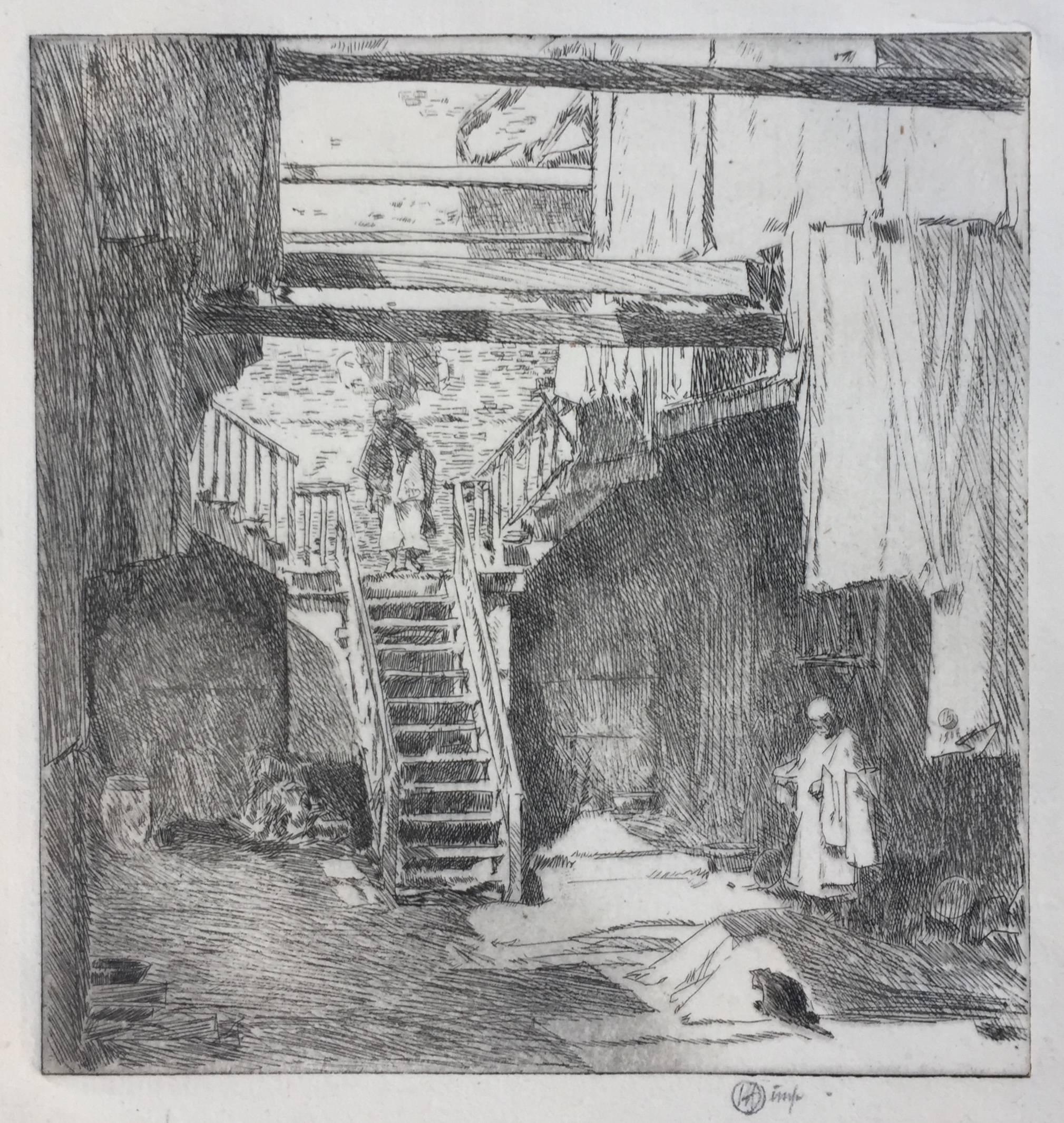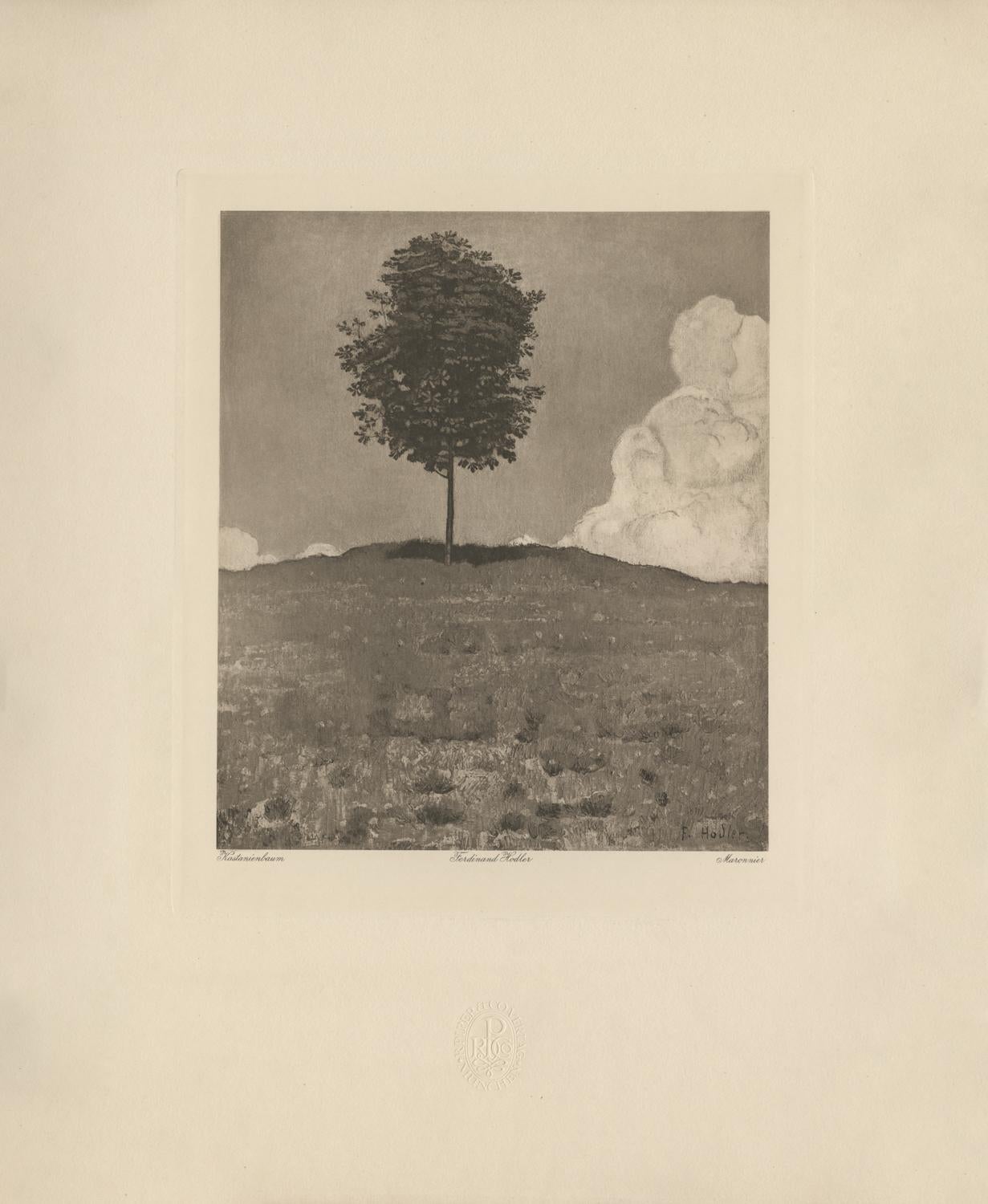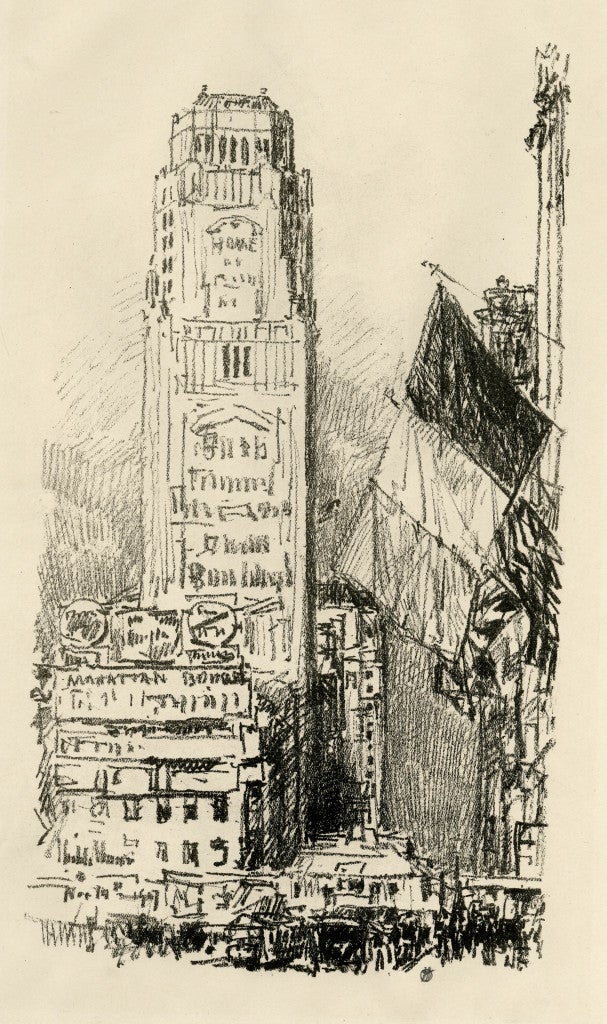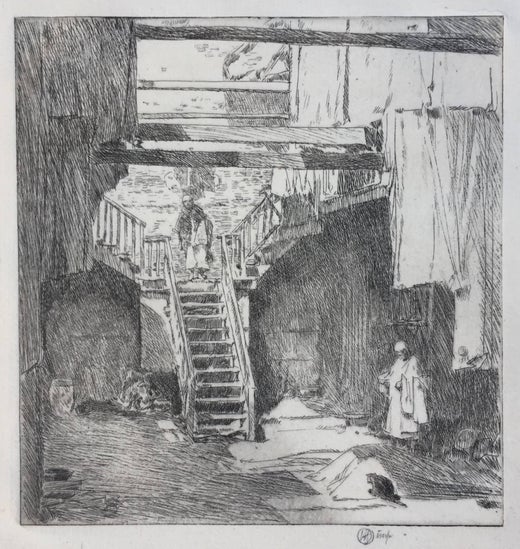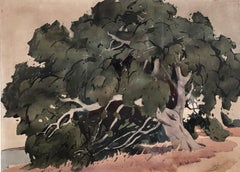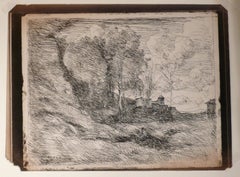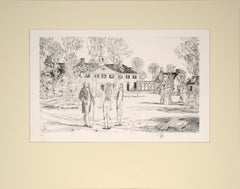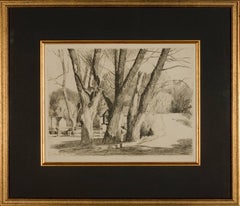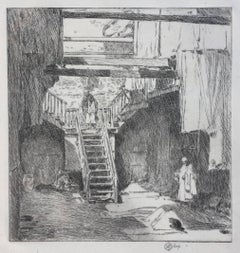Childe HassamTHE BIG HORSE CHESTNUT TREE1922
1922
About the Item
- Creator:Childe Hassam (1859-1935, American)
- Creation Year:1922
- Dimensions:Height: 20 in (50.8 cm)Width: 16 in (40.64 cm)
- Medium:
- Period:
- Condition:
- Gallery Location:Portland, ME
- Reference Number:Seller: 120401stDibs: LU36731184843
Childe Hassam
Childe Hassam was one of the most prolific American Impressionist painters of his day, creating more than 3,000 works of art. In addition to his love of urban scenes, Hassam is known for his portraits, landscapes and figurative paintings. He enjoyed a successful career, commercial popularity and critical acclaim, cementing an enduring legacy in American art.
Hassam was born in 1859 in Dorchester, Massachusetts, as Frederick Childe Hassam. As a teenager, he apprenticed in an engraver’s workshop but later started working as an illustrator. Hassam took a life drawing class at the Boston Art Club and an anatomy class at the Lowell Institute. In 1883, he embarked on a journey to Europe, where he began producing watercolor paintings.
Hassam returned to Boston in 1884 and married Kathleen Maude Doane. In 1886, the couple traveled to Paris together, where Hassam studied at the Academie Julian and exhibited his work at the Parisian salons. They returned to America in 1889 and took up residence in New York City.
Along with Boston and Paris, New York City featured heavily in Hassam's urban paintings. Among his most famous works is Avenue of the Allies, Great Britain, representing Manhattan’s Fifth Avenue.
Beginning in the 1890s, Hassam spent summers painting throughout Connecticut, Rhode Island and New Hampshire. He earned numerous accolades and exhibited at museums across the country by the turn of the century. In 1915, he turned his attention to prints and etchings.
Before he died in 1935, Hassam gifted the paintings in his studio to the American Academy of Arts and Letters with instructions that they be sold and the funds used to purchase American works. Today, his art is held in numerous museums, including the Brooklyn Museum, the Metropolitan Museum of Art, the National Gallery of Art and the Smithsonian American Art Museum.
In 2016, the “Impressionism: American Gardens on Canvas” exhibition at the New York Botanical Garden featured Hassam’s Celia Thaxter's Garden, Isles of Shoals, Maine among its showcase of American impressionist masters.
On 1stDibs, find original Childe Hassam prints, paintings, watercolor paintings and more.
- ShippingRetrieving quote...Shipping from: Portland, ME
- Return Policy
More From This Seller
View All1930s Landscape Drawings and Watercolors
Watercolor
1880s Landscape Prints
Lithograph
1850s Landscape Prints
Black and White
1960s Landscape Prints
Woodcut
Early 20th Century Landscape Prints
Etching
1930s Landscape Prints
Screen
You May Also Like
Mid-20th Century Landscape Prints
Paper
1930s American Impressionist Figurative Prints
Ink, Etching, Laid Paper
1940s American Impressionist Landscape Prints
Etching
Early 1900s American Impressionist More Prints
Etching
1910s Symbolist Figurative Prints
Paper
1910s American Impressionist Landscape Prints
Lithograph
